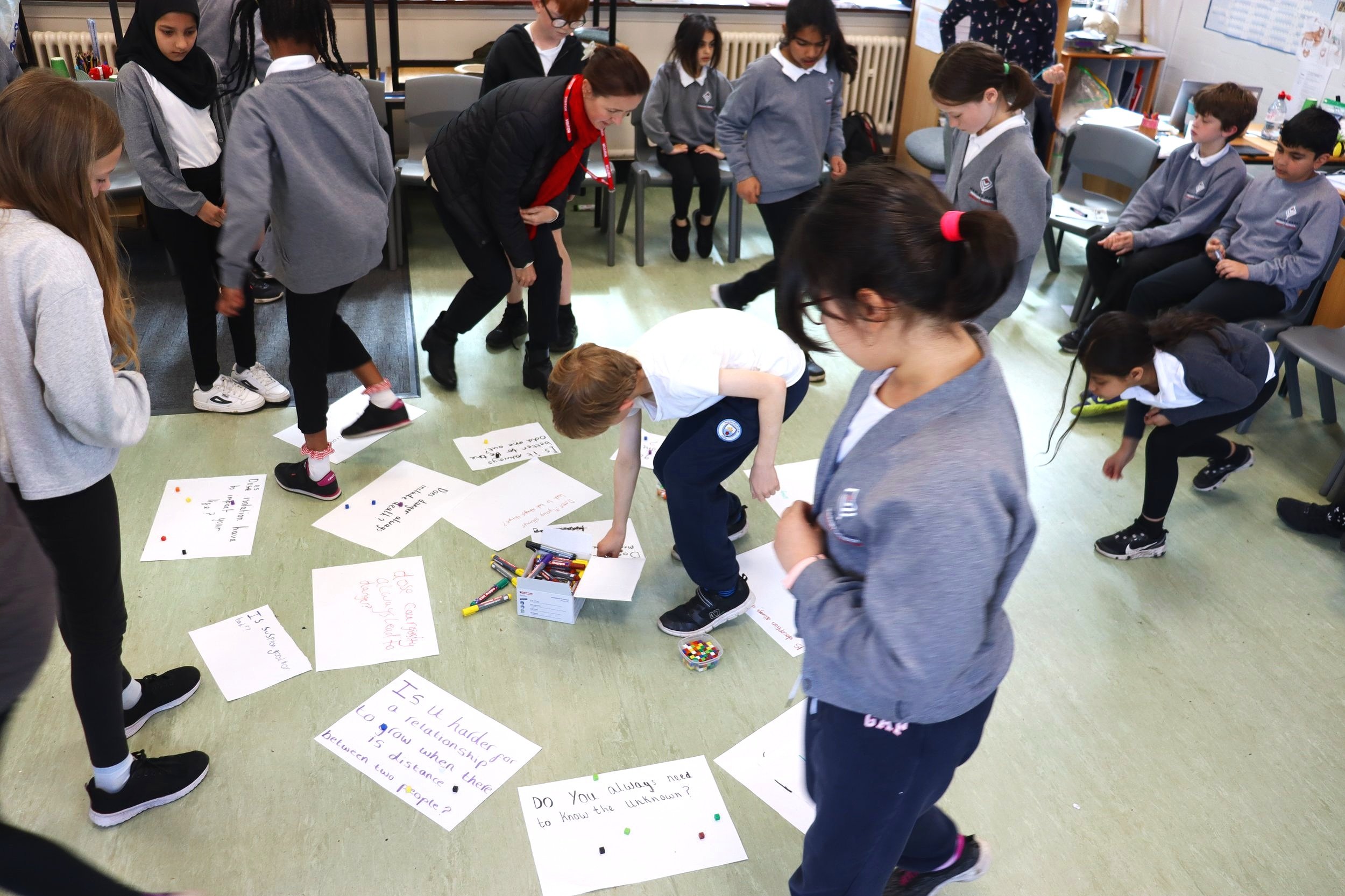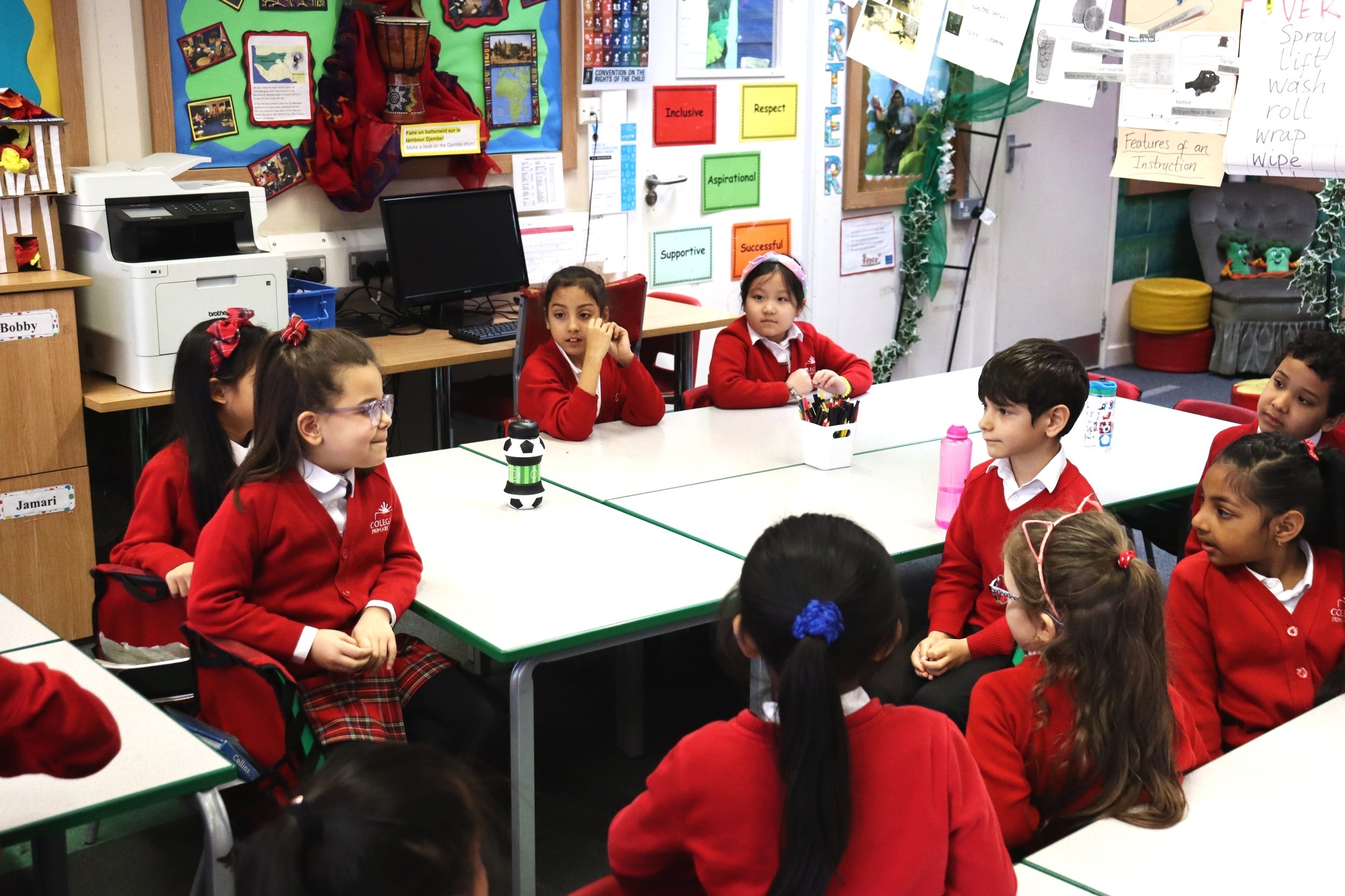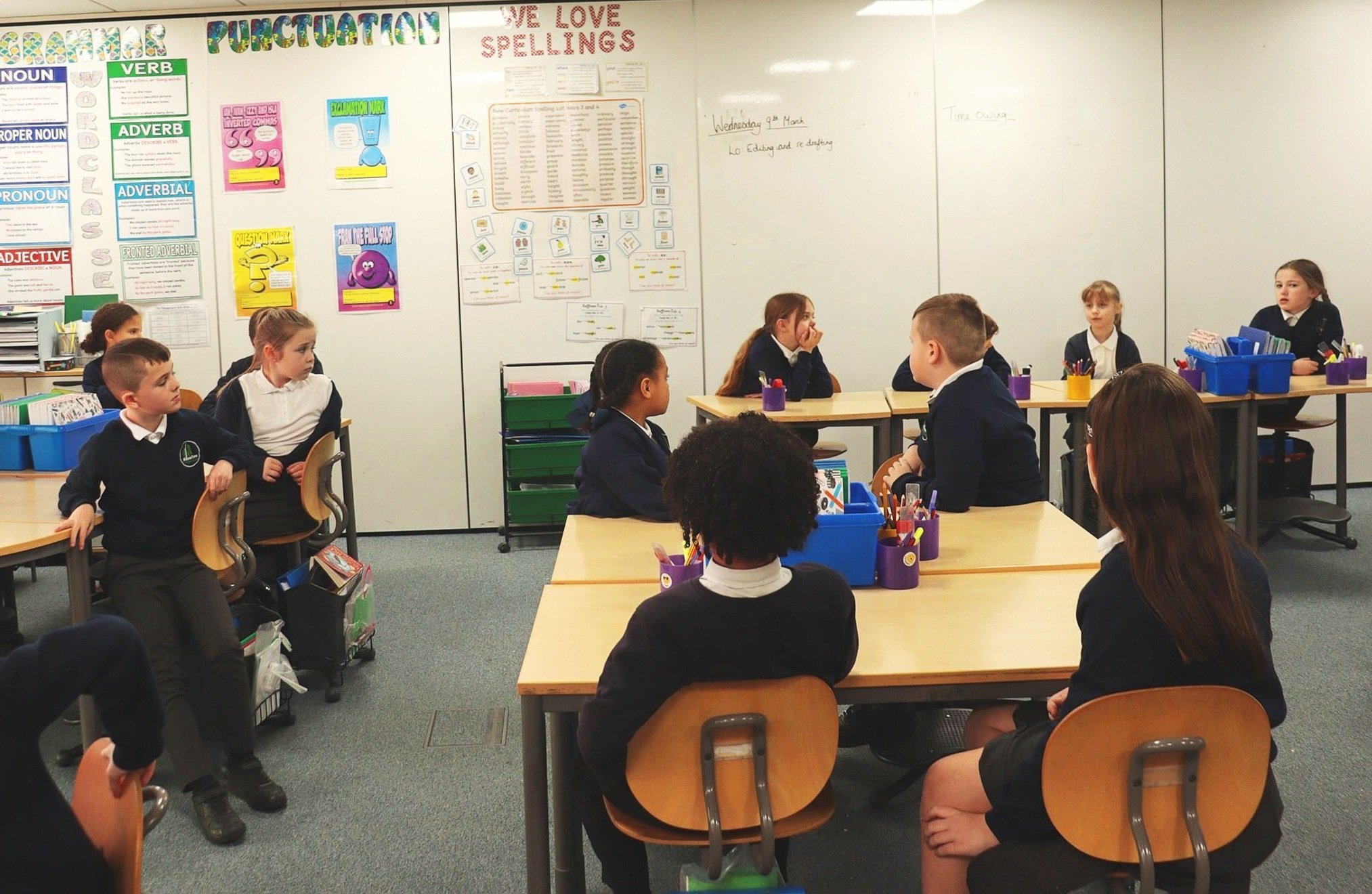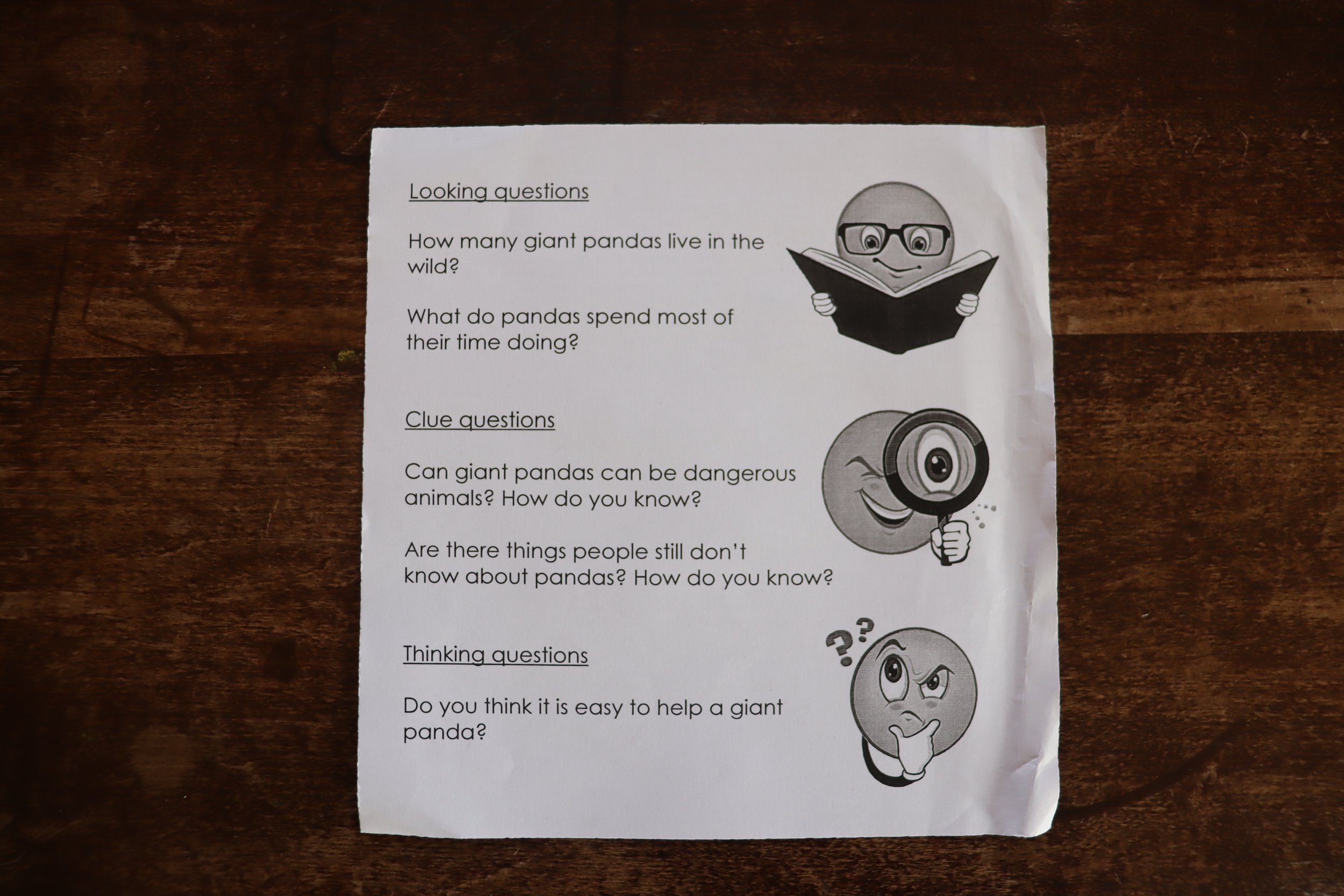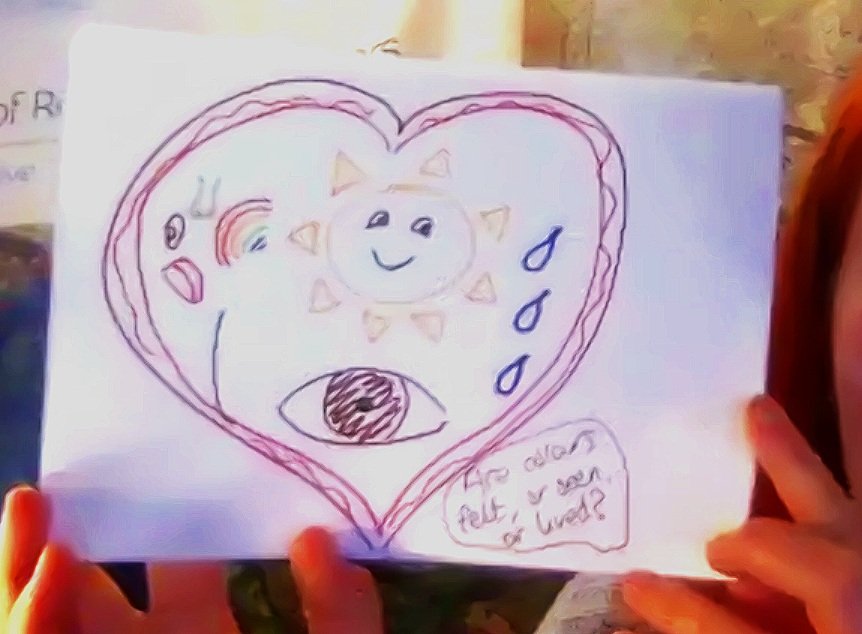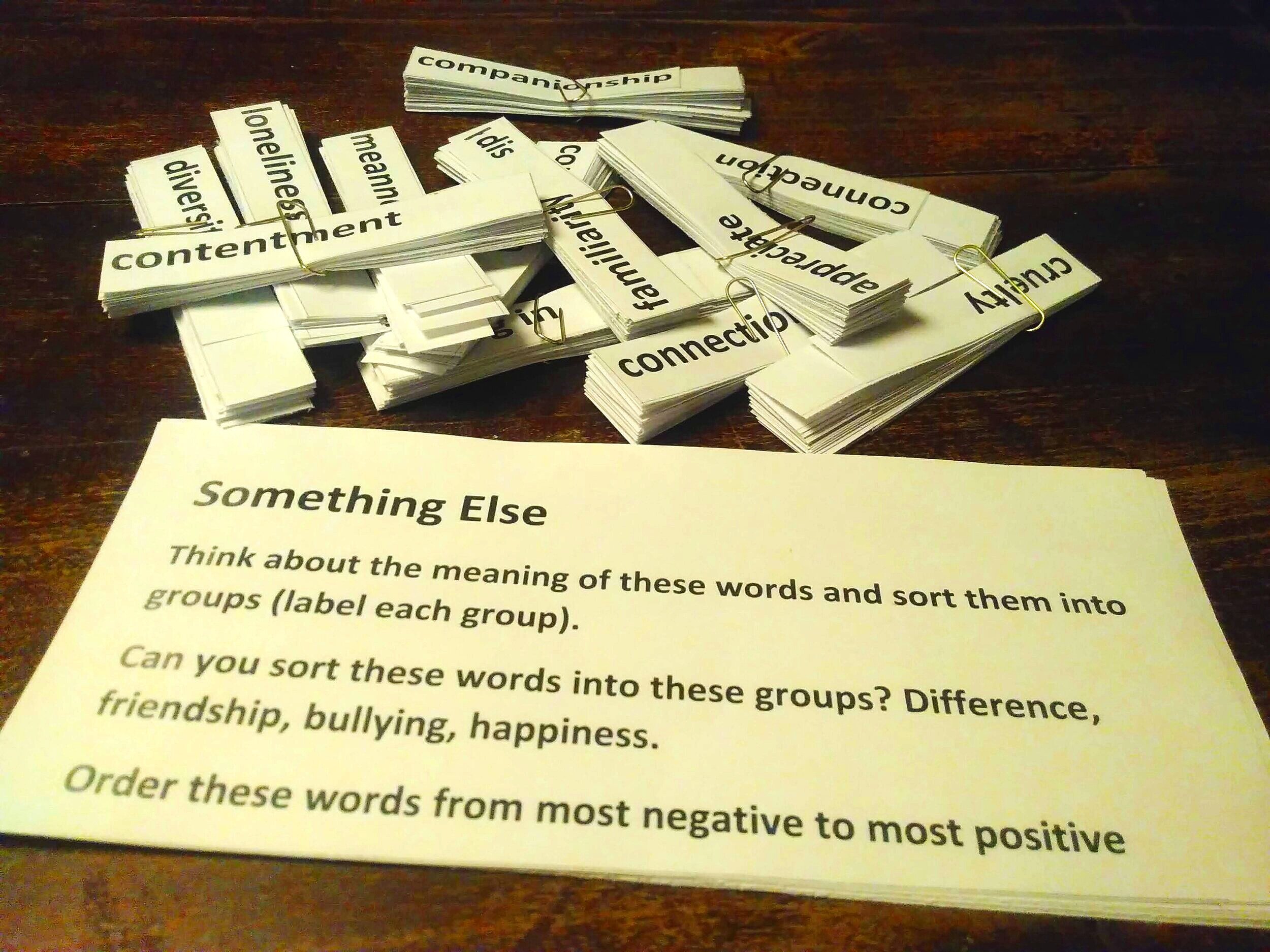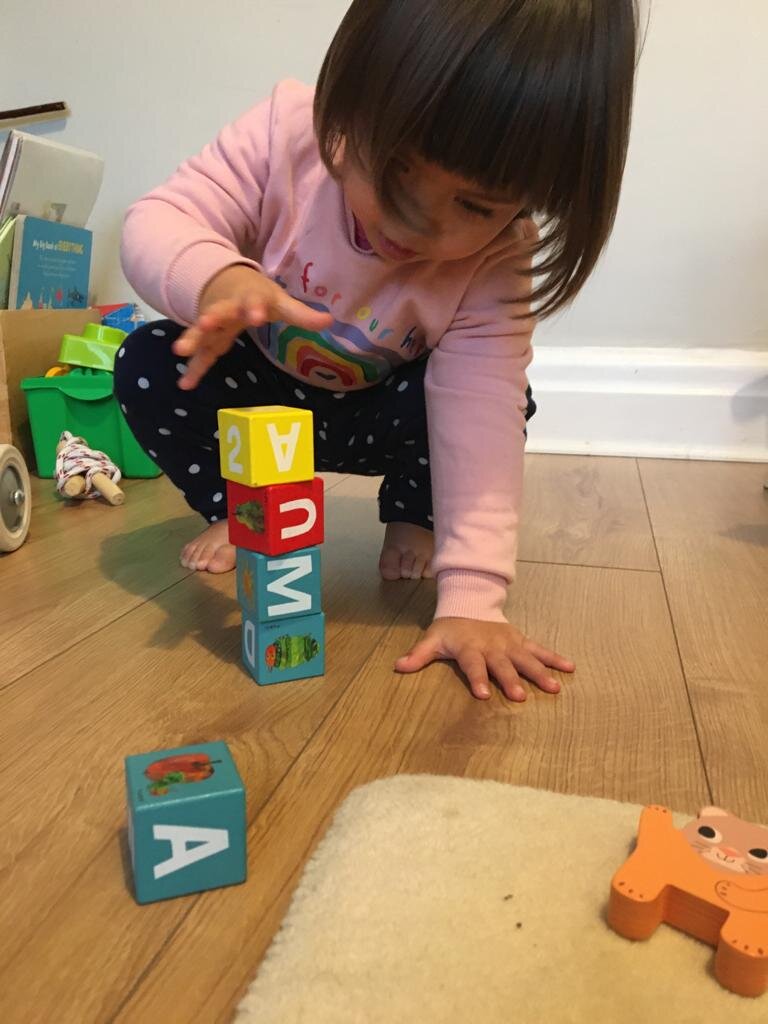I think most adults’ memories of their school days include ‘hands up’. The practice is so embedded that media stories about teaching are often accompanied by images of children putting up their hands.
But for some, the memories will be of confident classmates’ hands being raised, whilst their own hand stayed down.

I sometimes ask students why they think their peers don’t raise their hands. Here’s what some 8-11 year olds told me:
they’re afraid they might be wrong
they weren’t listening
they can’t be bothered
they don’t know the answer
the teacher won’t pick them
it isn’t cool
they aren’t confident
they already know the answer, and want others to have a chance
Opting out
If hands up is the main method for participation, it can allow children to opt out of learning, and see teachers relying on the same confident speakers. Dylan Wiliam, co-author of Inside the Black Box, has said that for most teacher questions, only 25% of students consistently raise their hands. I have witnessed similar numbers, when doing Talk Audits.
Alternatives to hands up that will increase pupil participation include random selection, targeting, and speaker chooses.
Let’s reduce our reliance on hands up, and try some other ways of deciding which pupil responds.
Ways to keep everyone engaged and develop the community of enquiry
What will happen when you remove the fear of being wrong?
Pupil voice about whole-class talk in Reading lessons
Using an unexpected event as a P4C stimulus
The final instalment of my tips for making online sessions more engaging
Pupils tell us why they think their peers don’t raise their hands


